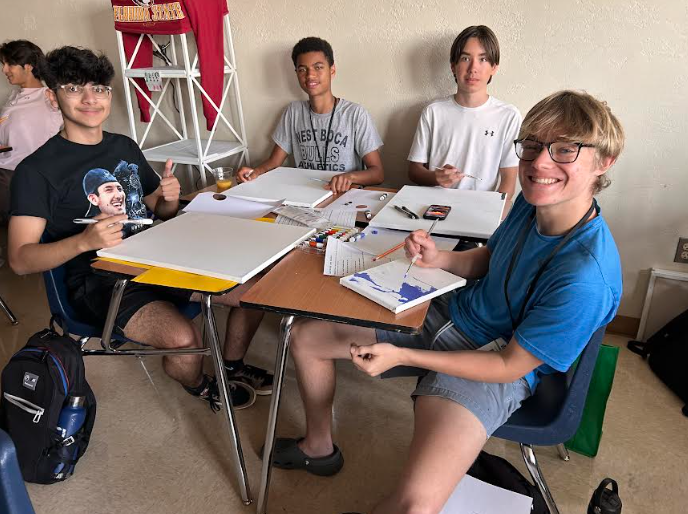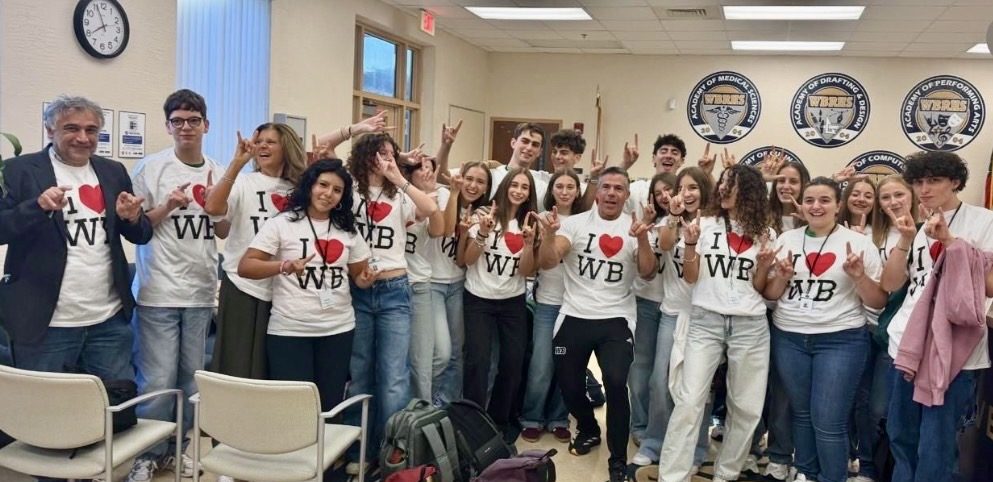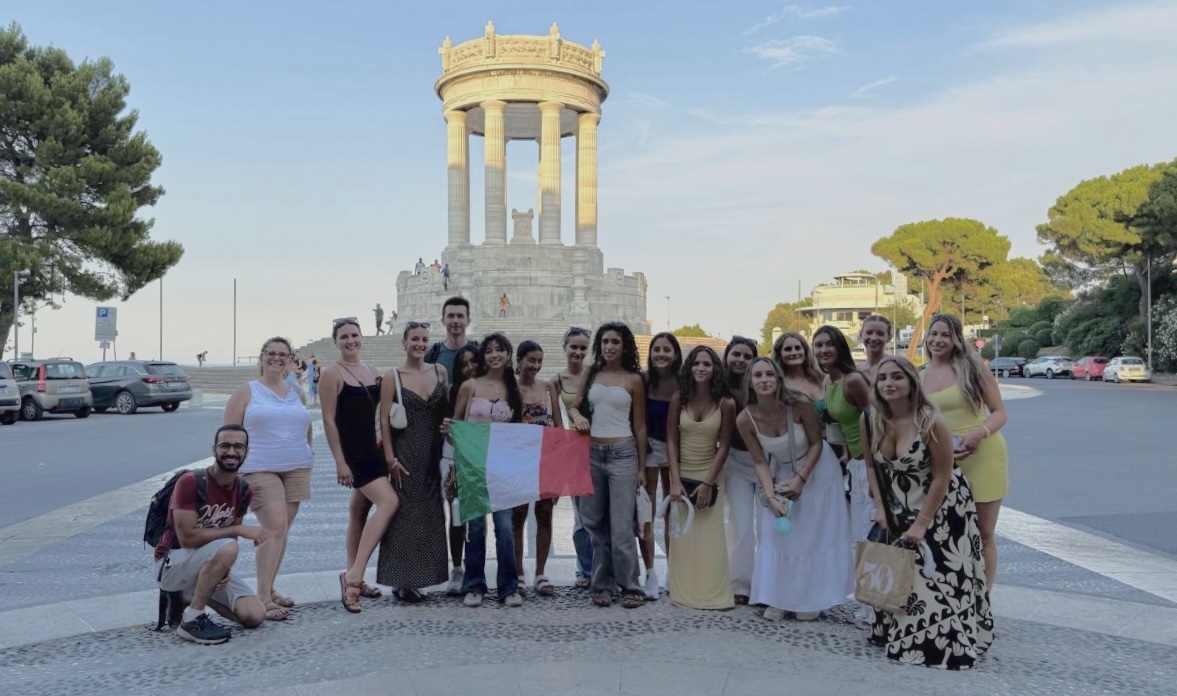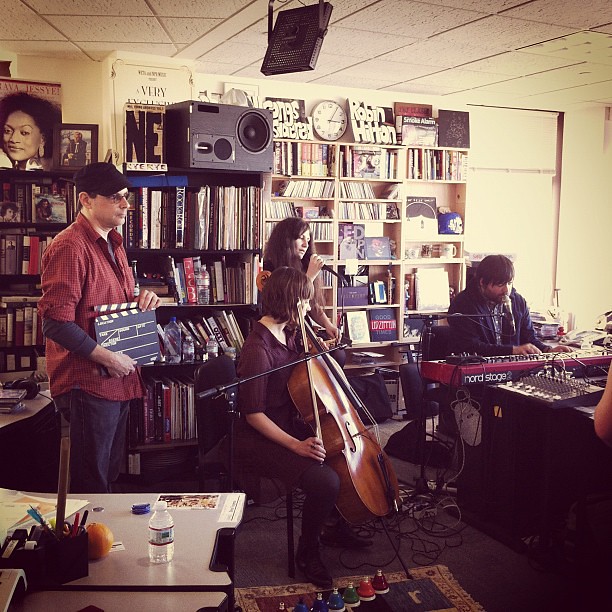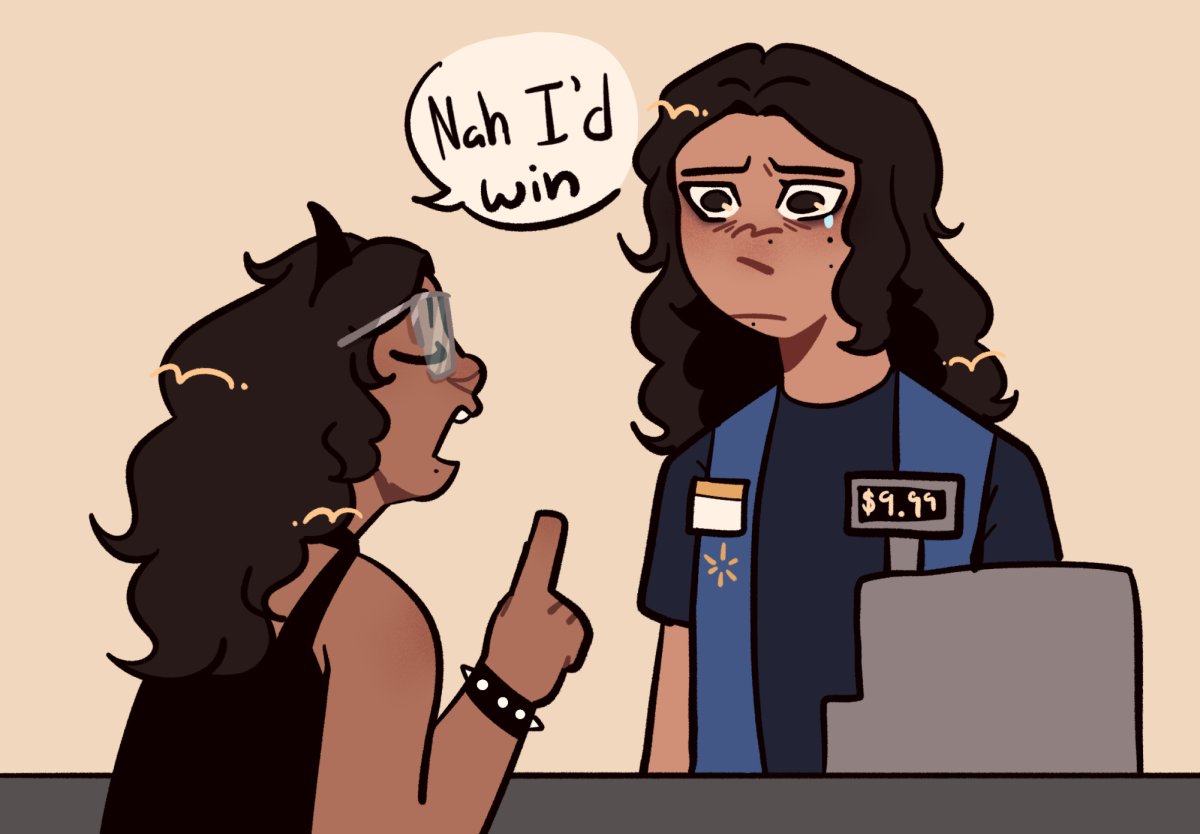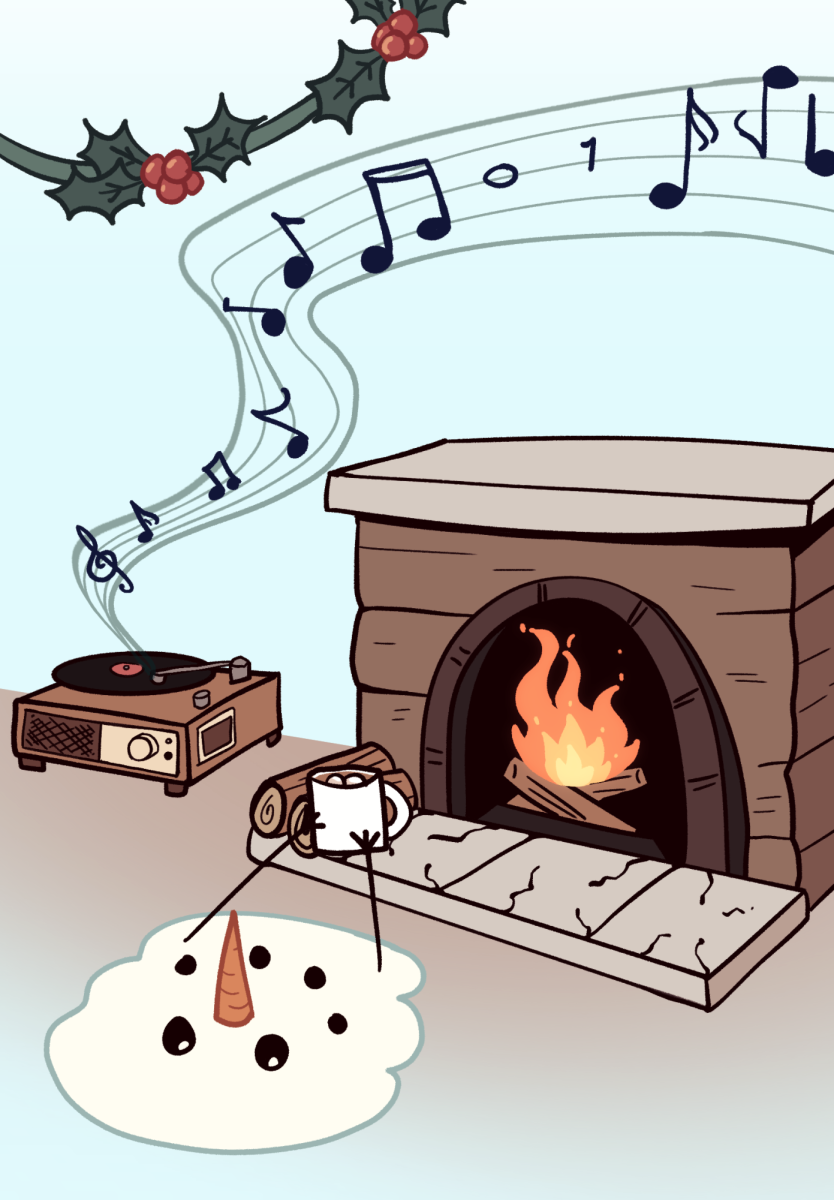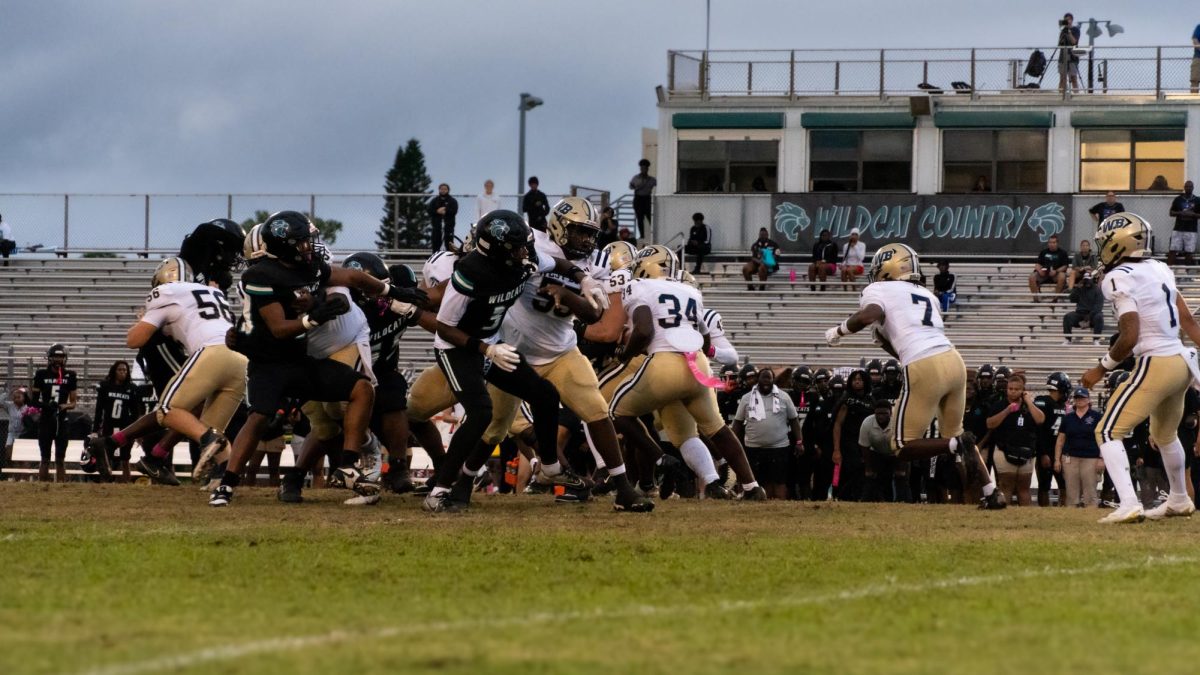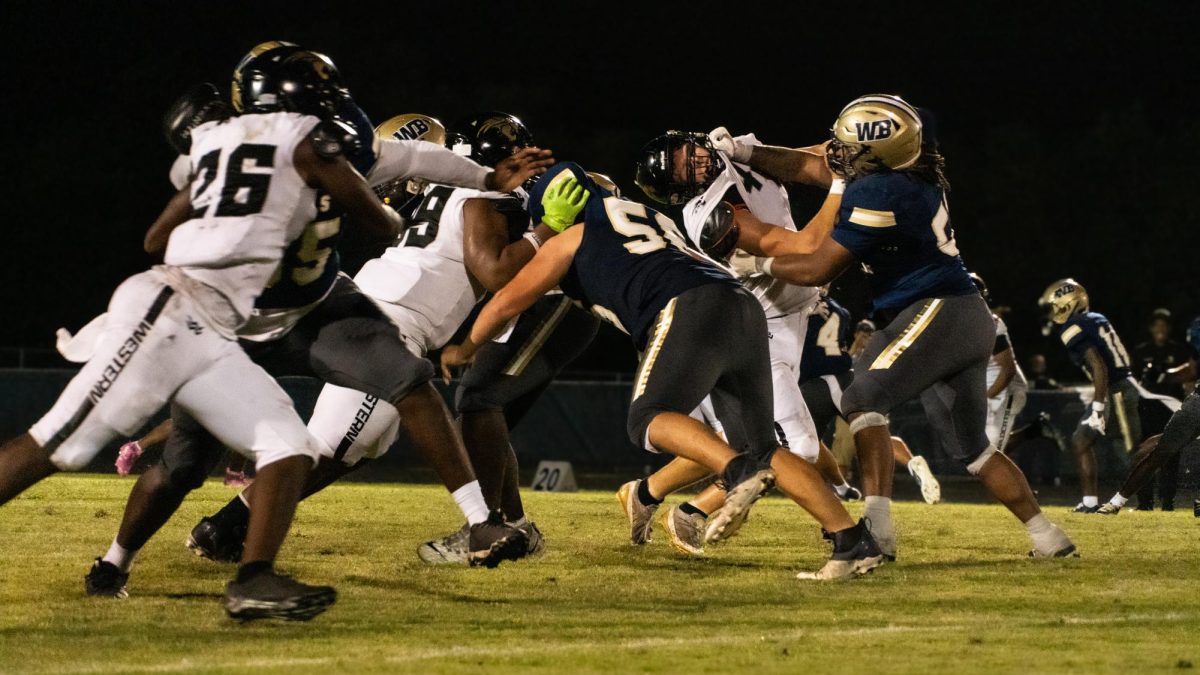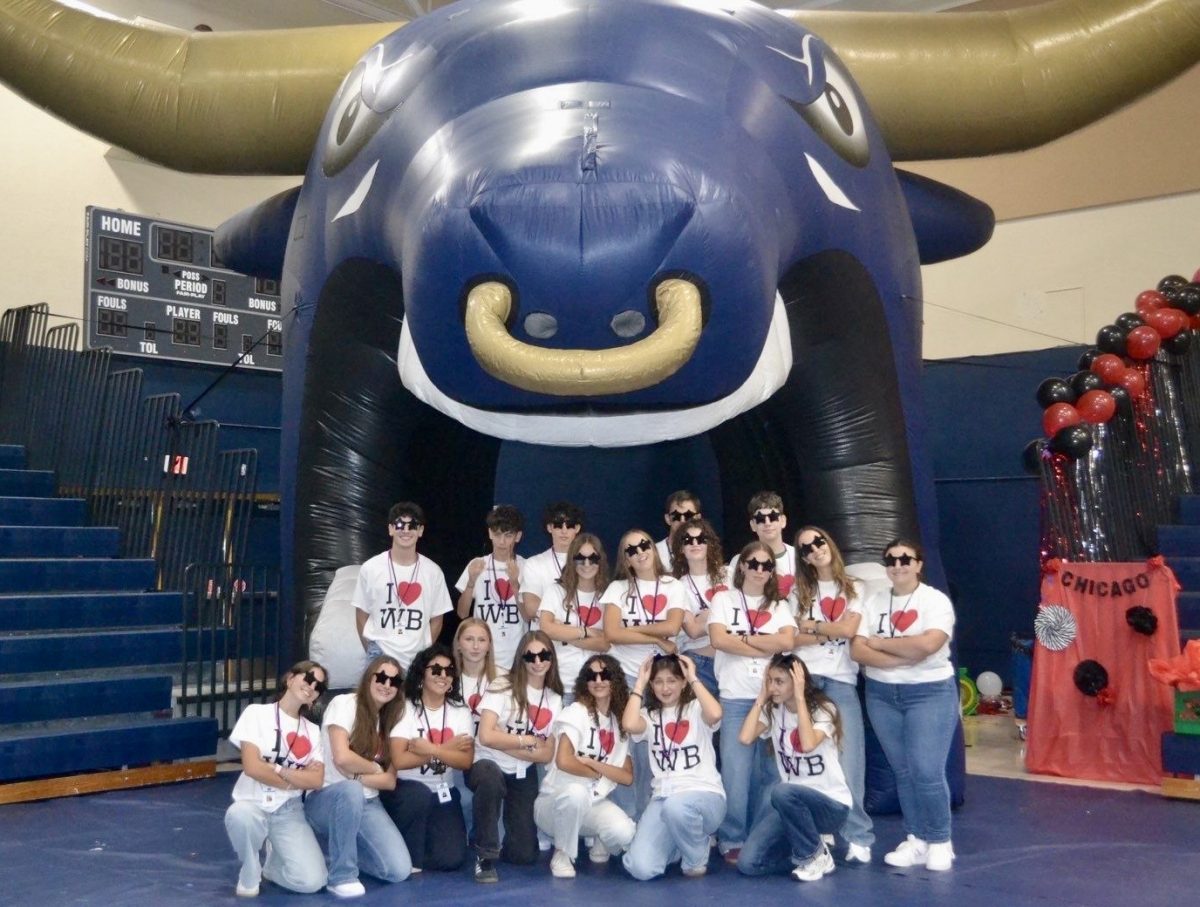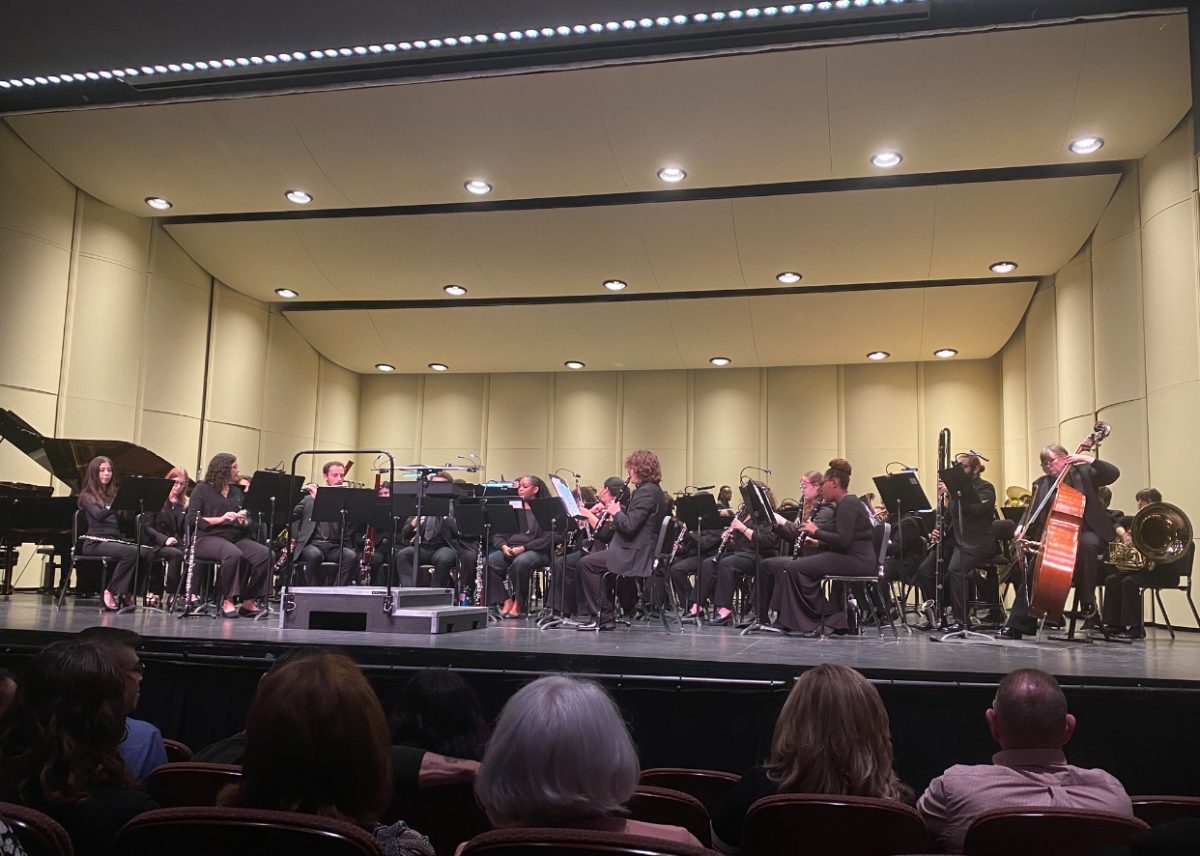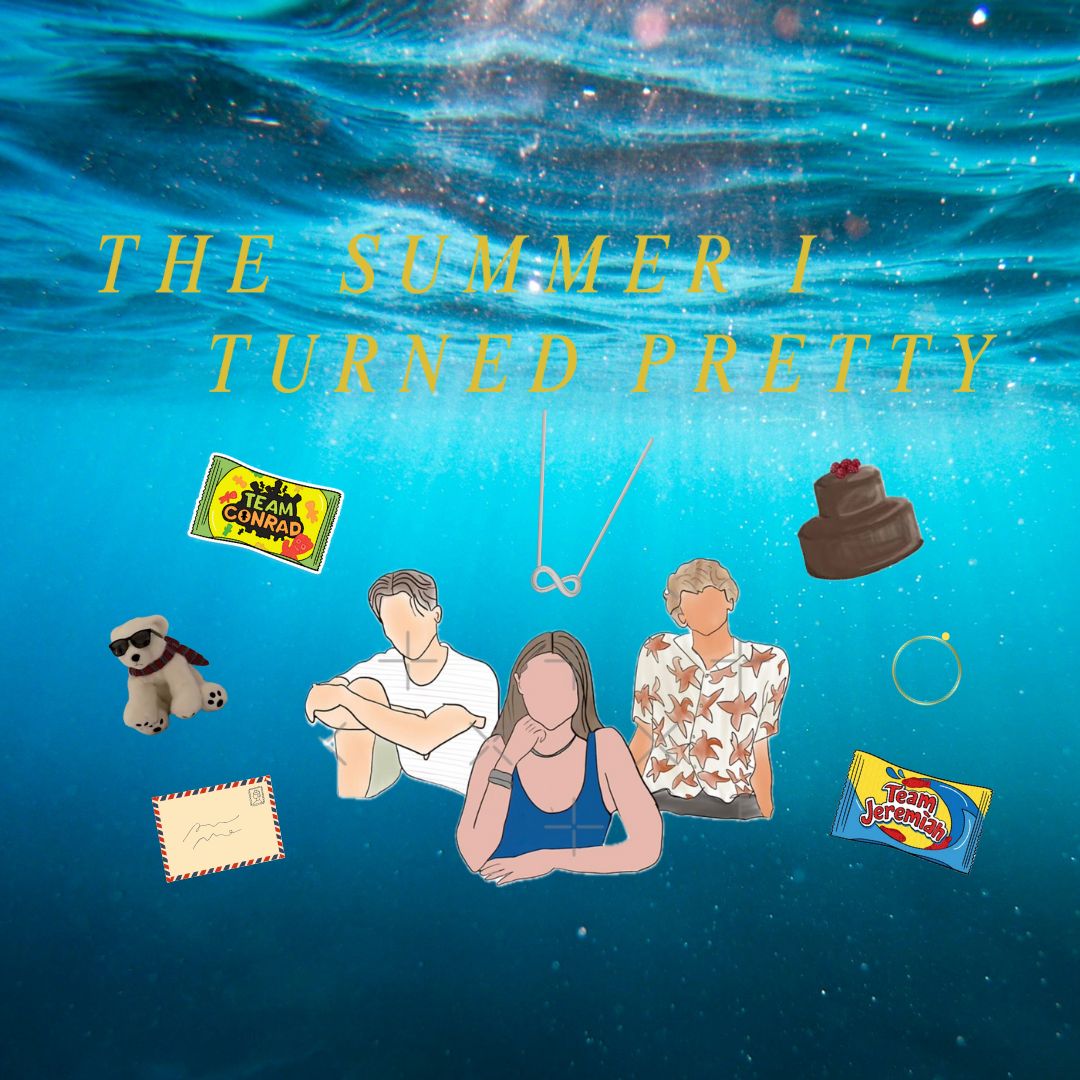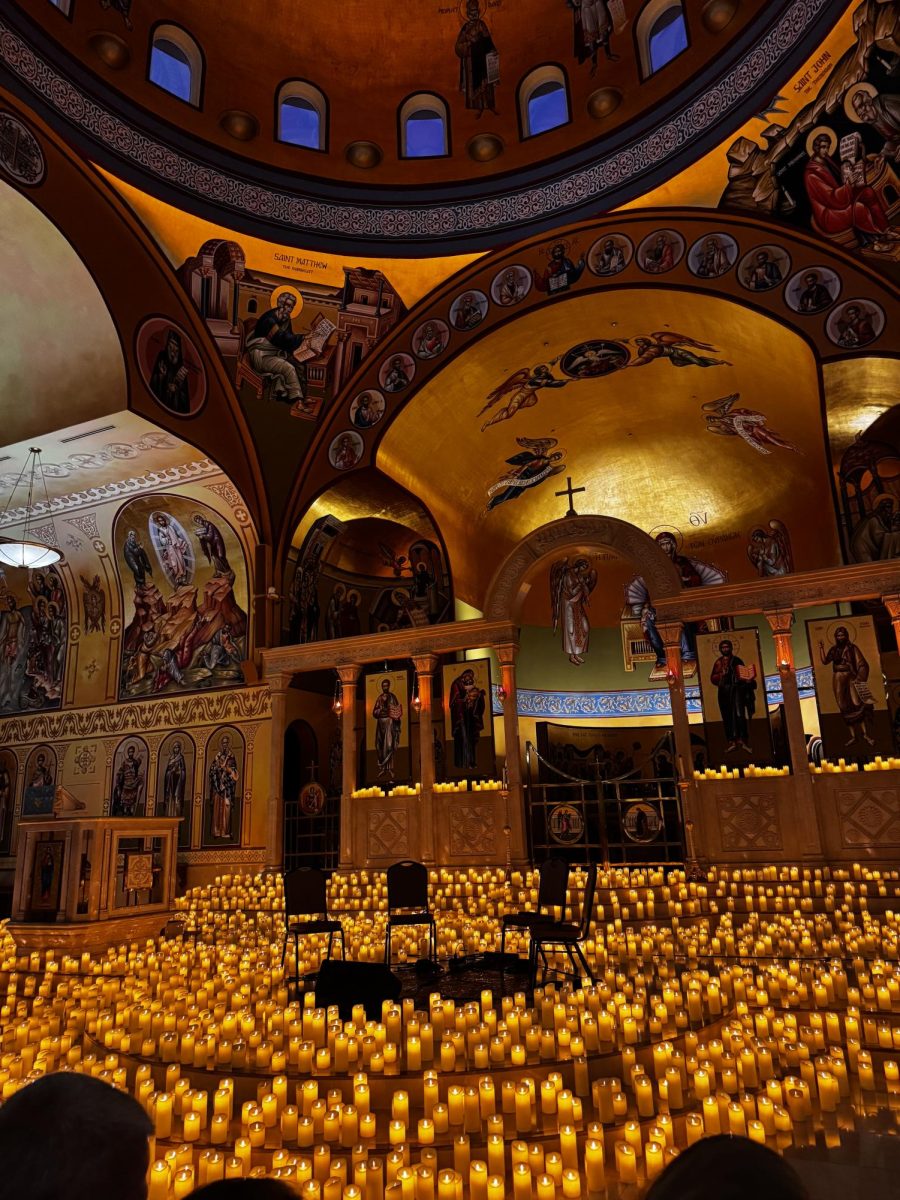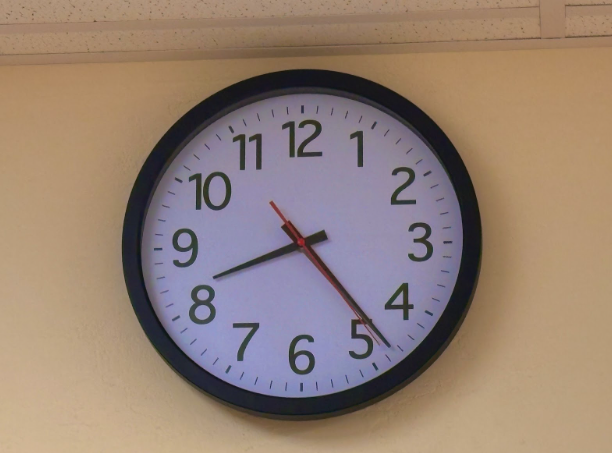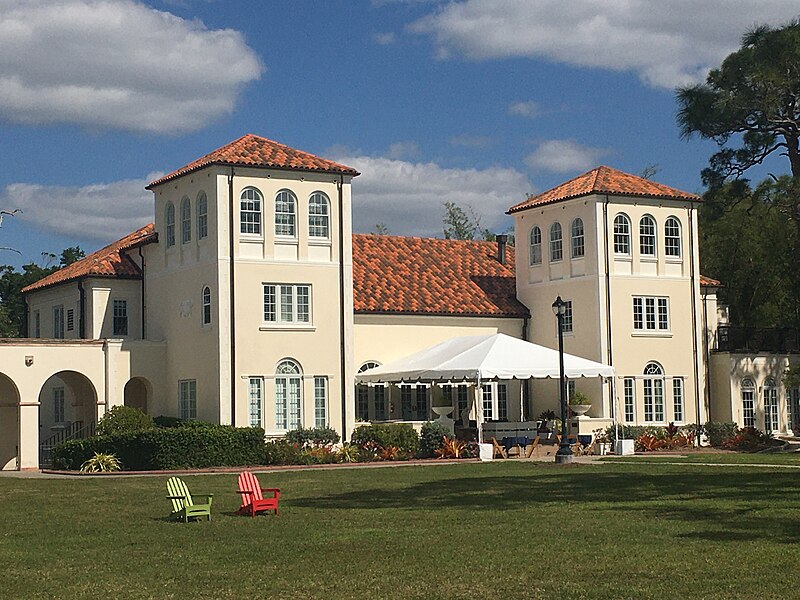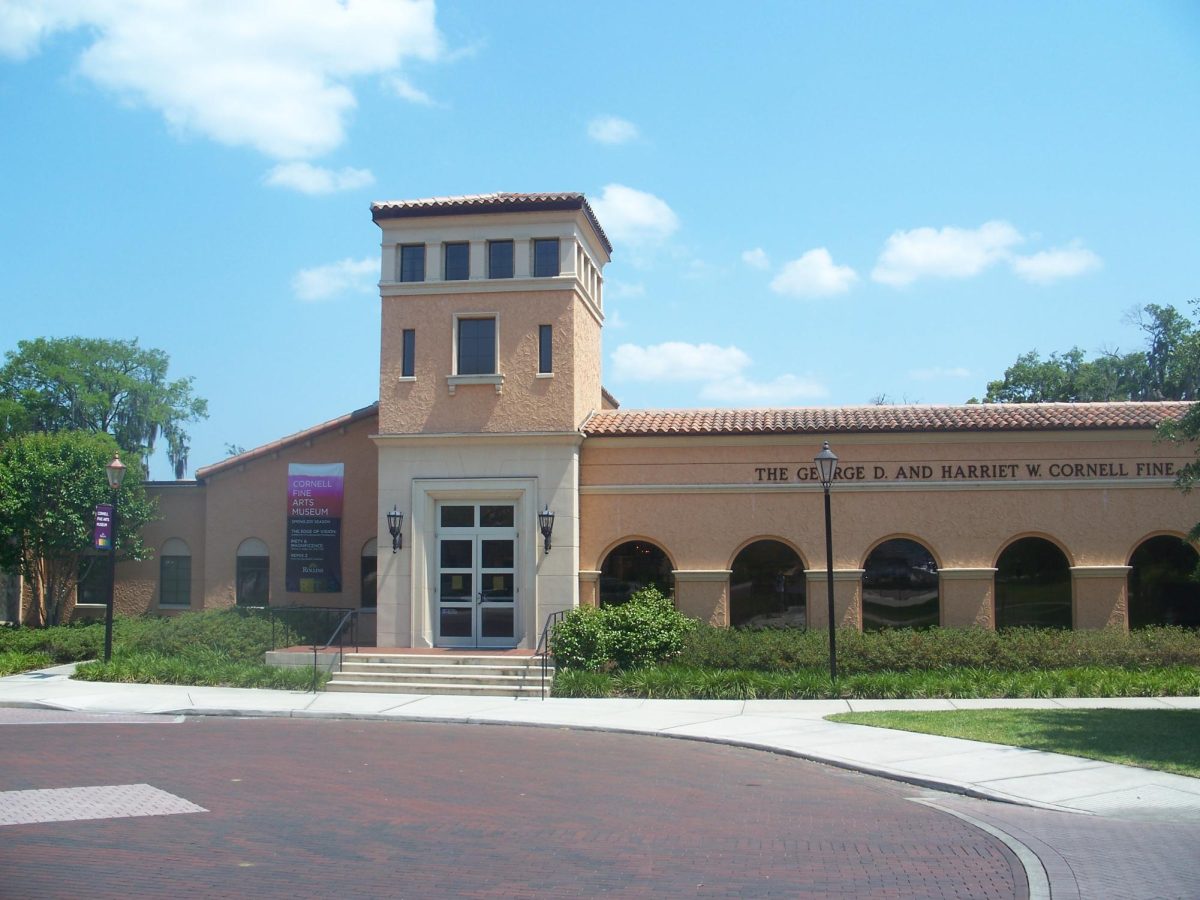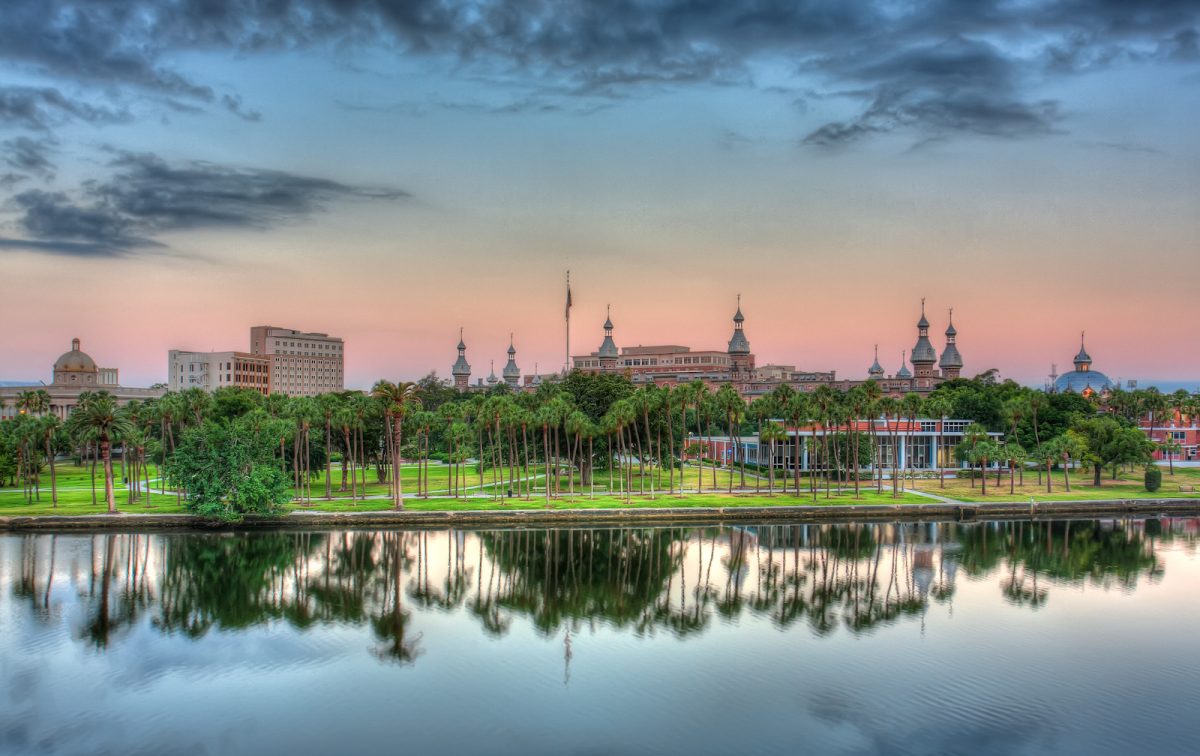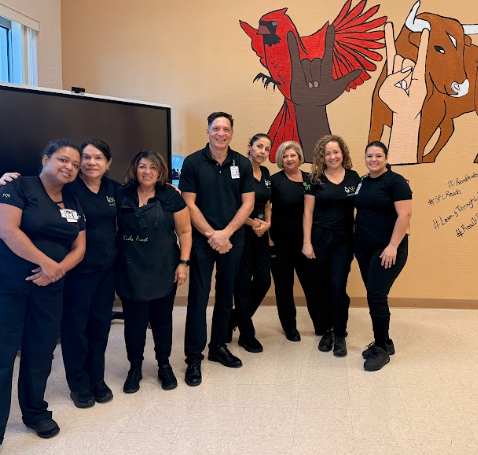What comes to mind when you think of Halloween? Is it scary movies, pumpkin patches, and sweet treats? Many people believe that Halloween is a satanic holiday, where evil spirits go around asking children to make great sacrifices for their dark lord; but it is actually an ancient religious holiday that dates back 2,000 years with Celtic roots. It used to be called Samhain (pronounced SAH-win), is a Pagan religious festival to welcome the new winter and embrace the balance between the end and beginning. It is the Pagan New Year, celebrated from October 31 to November first. People would also wear costumes to ward off monsters and fairies so that they would kidnap them. Samhain represents the darker time of the year where the harvest ends and the cold winter begins. It was also believed that the ‘doorway’ between the land of the living and dead is open and the dead can visit the living during this time. The Celts prepared offerings for the dead and left them right outside the village. Early texts show Samhain as a mandatory celebration that lasted for three days. Everyone was required to attend or, it was believed that the Gods would punish those that didn’t.
Samhain progressed in the Middle Ages. Bonfires called Samghnagans were set close to homes and barns, believed to protect families from witches and fairies. This was also when the first Jack-O-Lantern appeared, but instead of pumpkins they used turnips because turnips were much more accessible and people would place embers in their turnip Jack-o-Lanterns and carve fighting faces and used them to ward off the spirit, Wondering Jack. Jack is a lost soul that was rejected from Heaven for being a selfish drunk and gambling with the Devil. Now he is said to wander the earth looking for a place to rest.
Later on, the Romans invaded the Celtics. The Romans looked down on them, seeing them as barbaric, calling them “Galli” in Latin. The ancient Romans largely discriminated against non-Christians. Many were subjected to hostile and discriminatory laws that suppressed their practice and closed their temples. In 609 A.D., Pope Boniface IV decided to throw a festival for the saints and celebrated in the Pantheon and later the Western Church and the holiday moved from May 13 to November 1. By the 9th century, Christian influence spread to the Celtic Pagans and it began to blend the Pagan religion with Christianity. The church made November 2 All Souls’ Day, a day to honor the dead. All Souls’ Day and Samhain were celebrated similarly with bonfires, parties, and costumes. All Saints’ Day was also called All-hallows, and the night of Samhain ( that was the night before All Saints’ Day) started to be called All-Hallows Eve and eventually, Halloween. Due to these events, It is widely believed that the Christians tried to use All Saint’s Day to replace Samhain.
Fast forward to the 19th century, Irish immigrants came to America, bringing their tradition and celebration, including All Saints’ Day (All-Hallows Eve) and eventually, forming into the Halloween that we know today. Halloween is now a holiday where we dress up as our favorite characters and go house to house asking for sweet treats.

